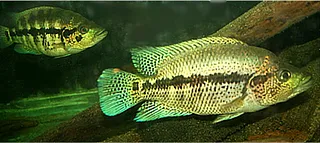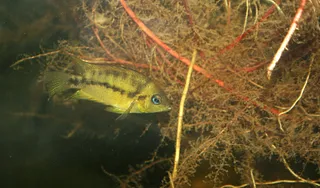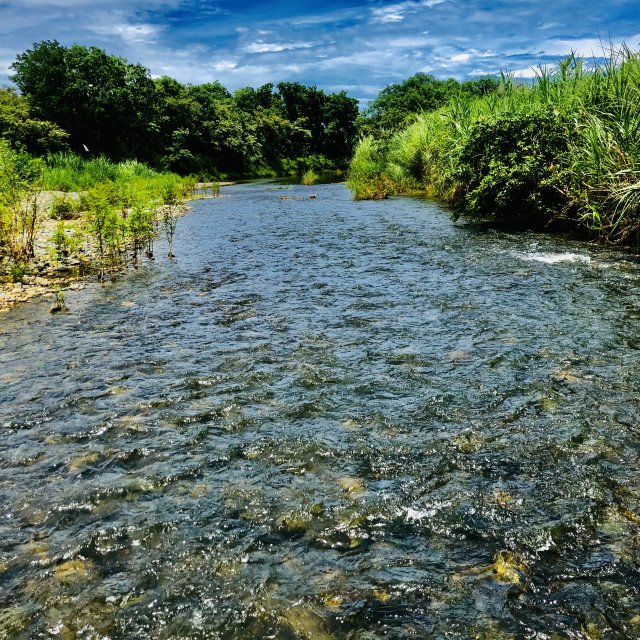I think most any fish kept in the right sized tank with the right ratios and/or tankmates is manageable as far as aggression.
This is the key to it all.
If you try to keep even two dovii in a 150 gal tank (a mere puddle compared to where they live in nature), of course they will be overly aggressive, and fight to the death.

If you keep 3 of them them ina 1000 gal tank you might be fine..
Or you try to keep 3 Rams, or A nanolutrus ina 20 gal (also a mere puddle), they will probaby tussle.
Keep the same 3 Rams in a 6 ft tank with approriate dithers, no problem at all.

Its all about adequate territory, for the species one is trying to keep, which most keepers seriously underestimate.
Especially when in comes to true loners, verses those species found in large varied communties
In rivers where I collect cichlids, I might only find 2 individuals of 2 species in a riverine section the size of a city block,
this should be a bit of an indication as to what works, or doesn't.






